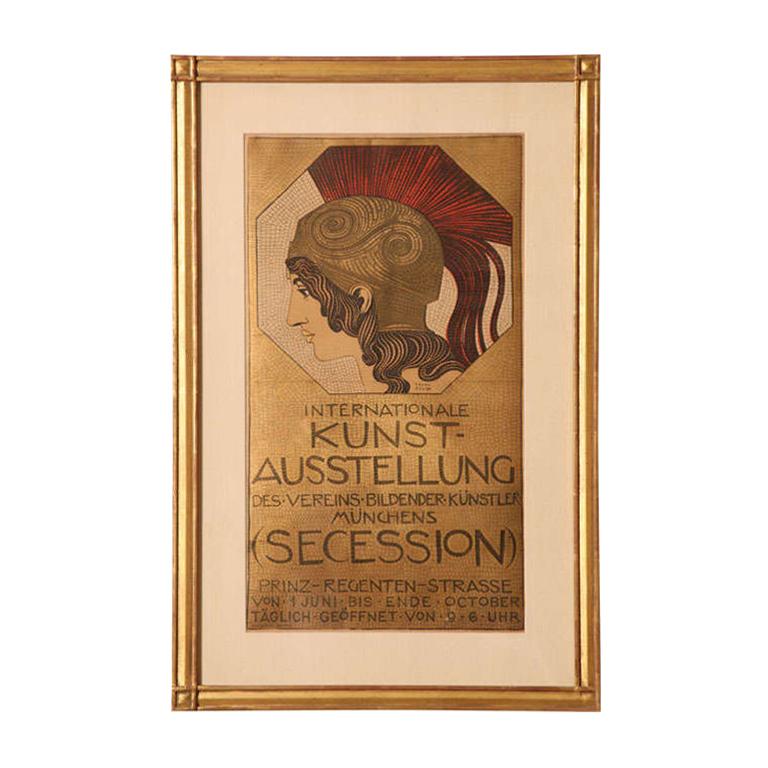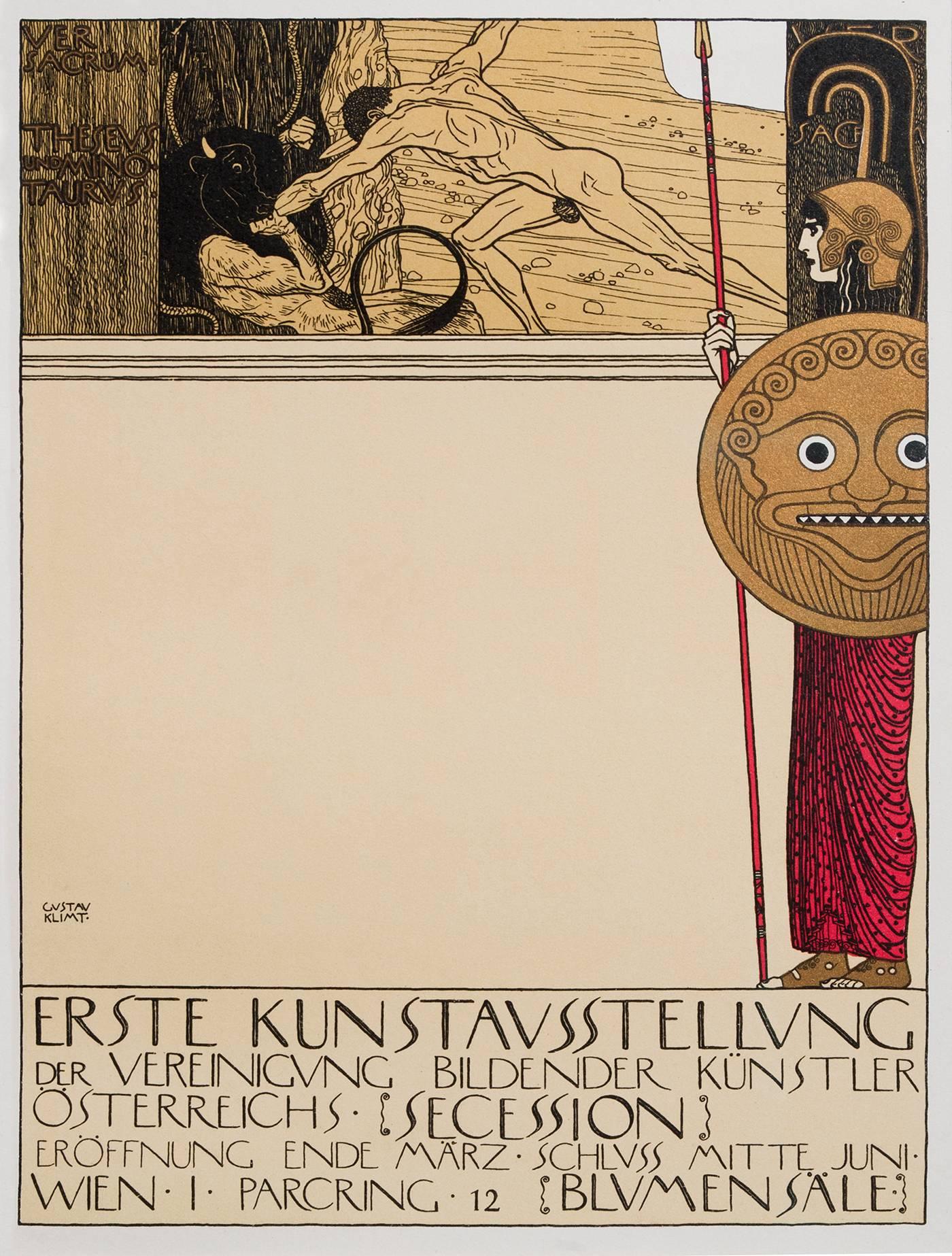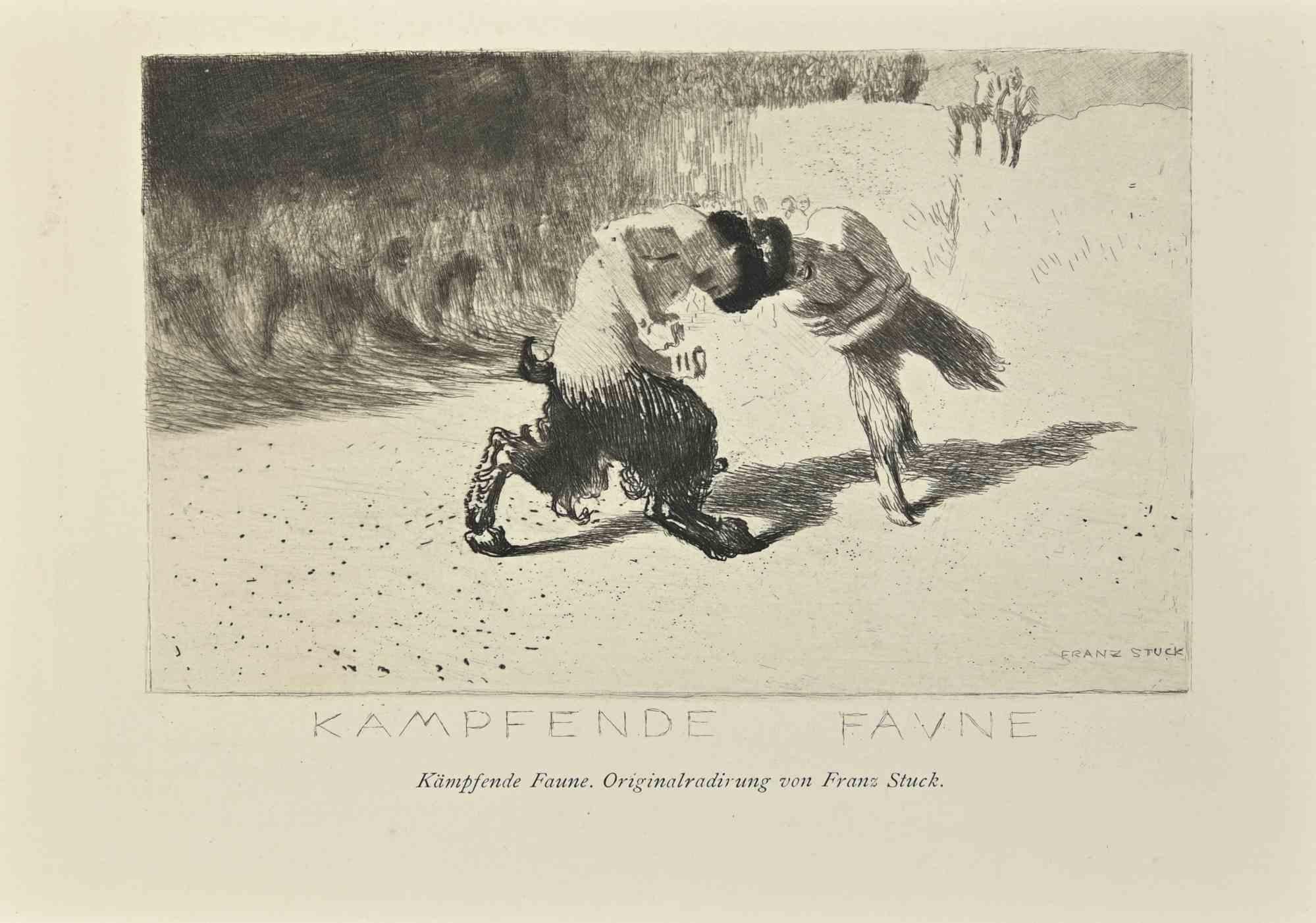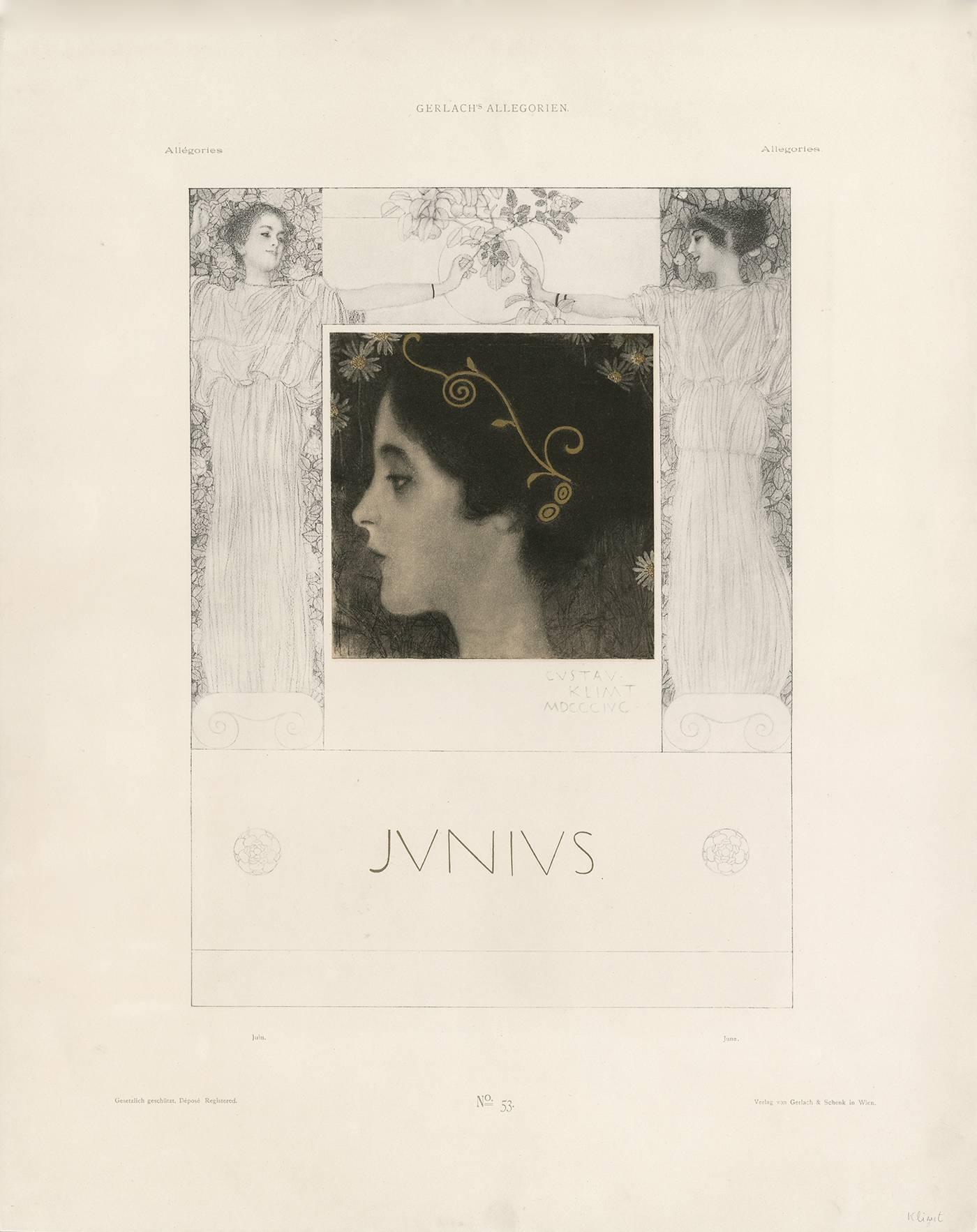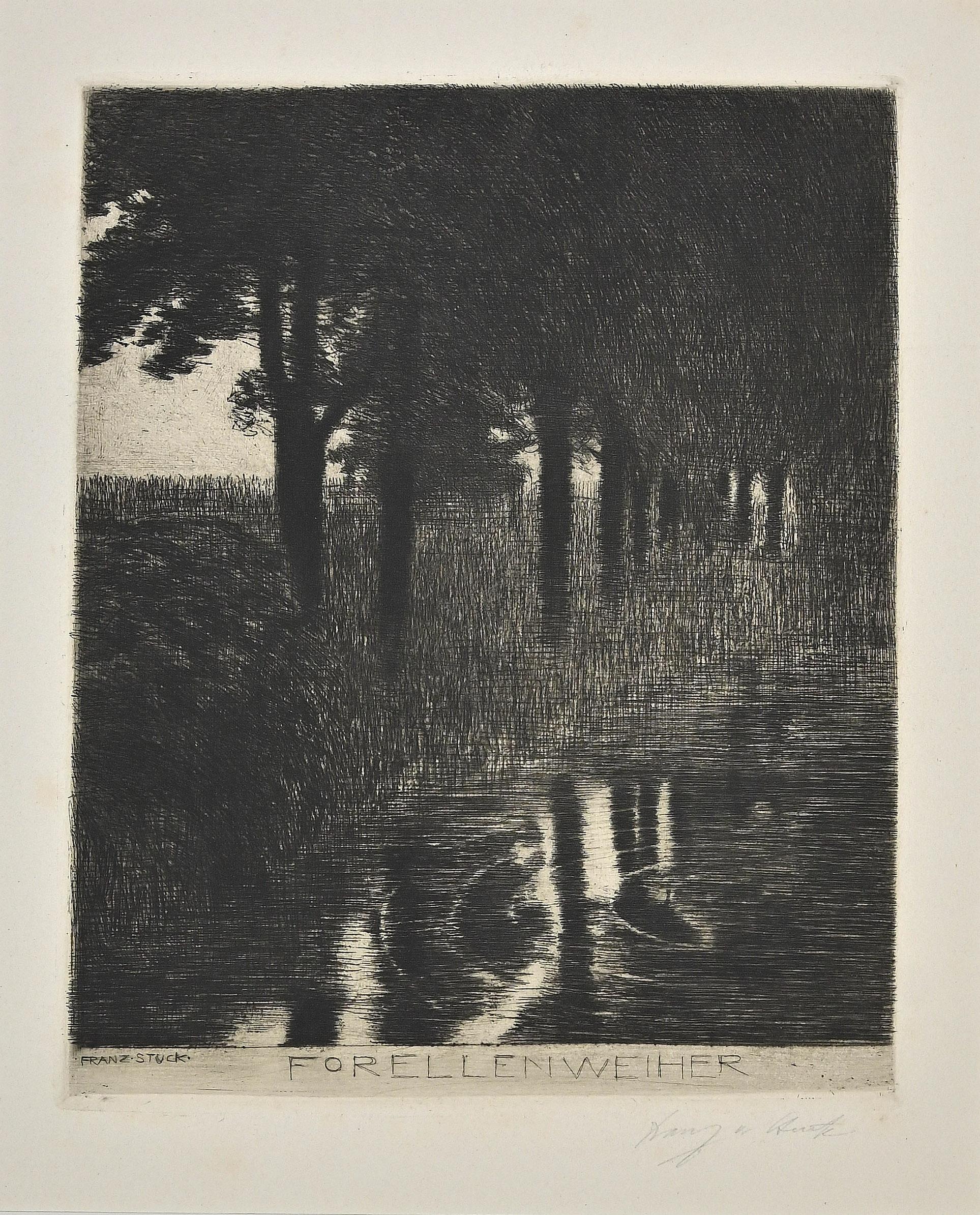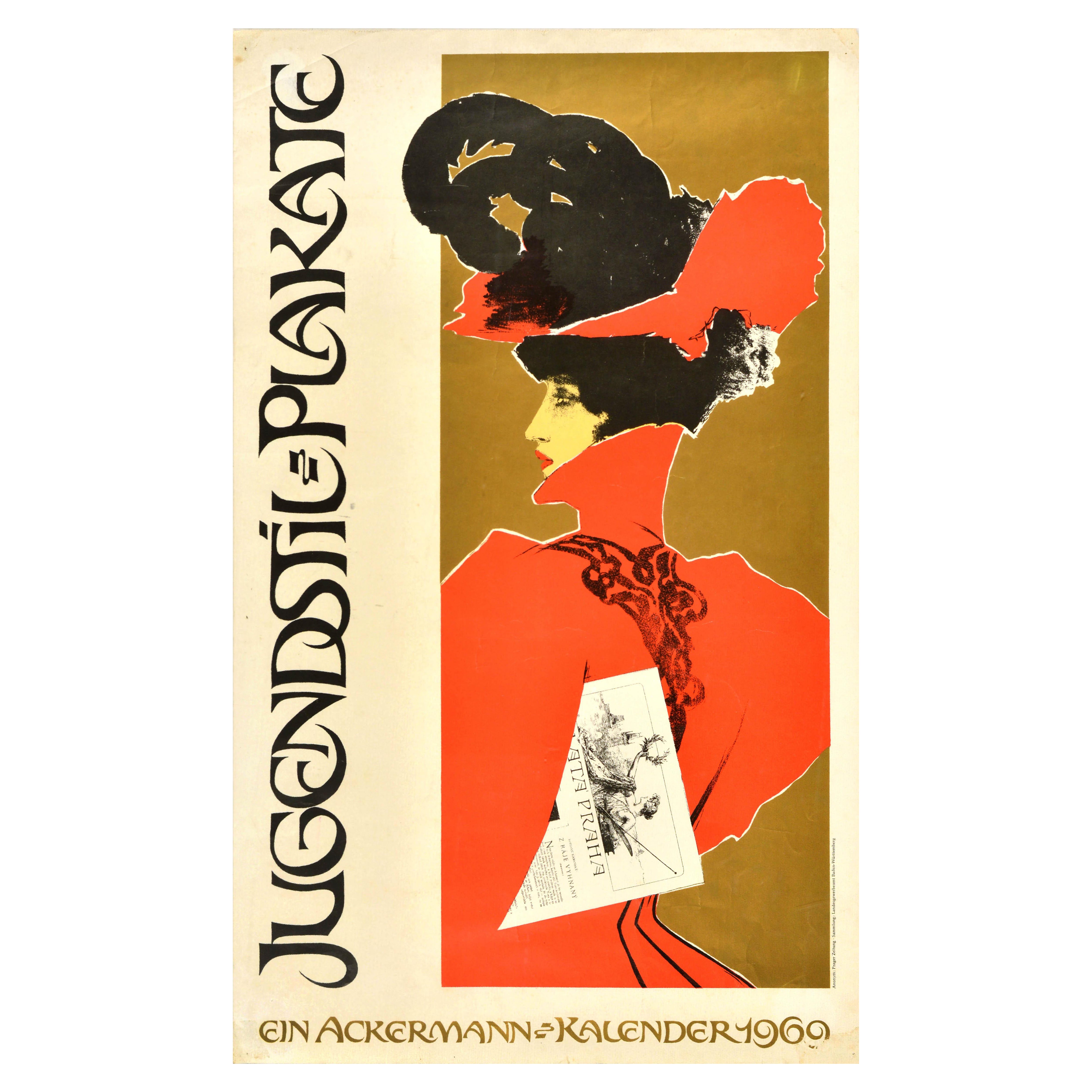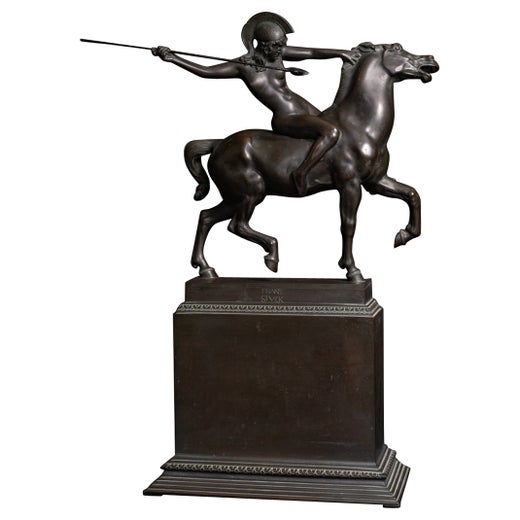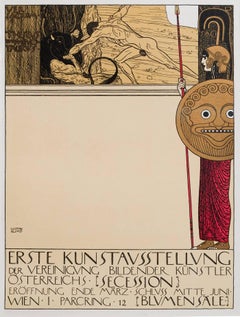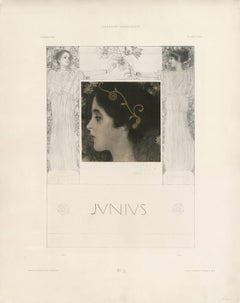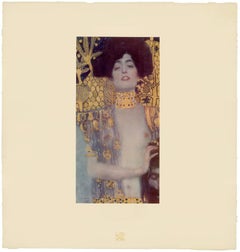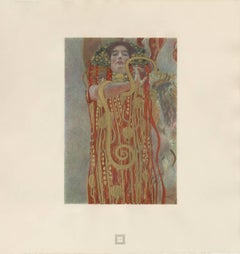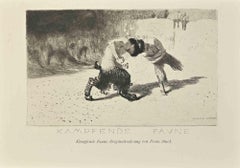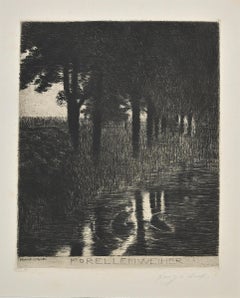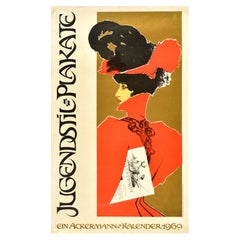Franz von StuckArt Nouveau "Poster for Kunstavsstellung VII" by Fraz von Stuck1897
1897
About the Item
- Creator:Franz von Stuck (1863 - 1928)
- Creation Year:1897
- Dimensions:Height: 25 in (63.5 cm)Width: 36 in (91.44 cm)
- Medium:
- Movement & Style:
- Period:
- Condition:
- Gallery Location:Palm Beach, FL
- Reference Number:1stDibs: LU467316054802
Franz von Stuck
Franz von Stuck was a German artist of exceptional skills as a painter, sculptor, engraver, photographer, and draughtsman. He was born in Tettenweis, Germany, in 1863. He was a member-founder of the Munich Secession in 1893, and together with other artists, he was a forerunner of the Art Nouveau experience, called Jugendstil in Germany. Thanks to his style of formal perfection, sensuality and decadent sensitivity, he seduced the art world of half Europe. Von Stuck was particularly successful in Italy, to such an extent that he was granted a solo show at the Venice Biennial of 1909. His figurative repertory derived from classical art centaurs, fauns, nymphs drawn from antique mythology in the wake of a tradition inaugurated by Arnold Böcklin and was mediated through a fin-de-siècle sensibility towards eroticism and artfulness.
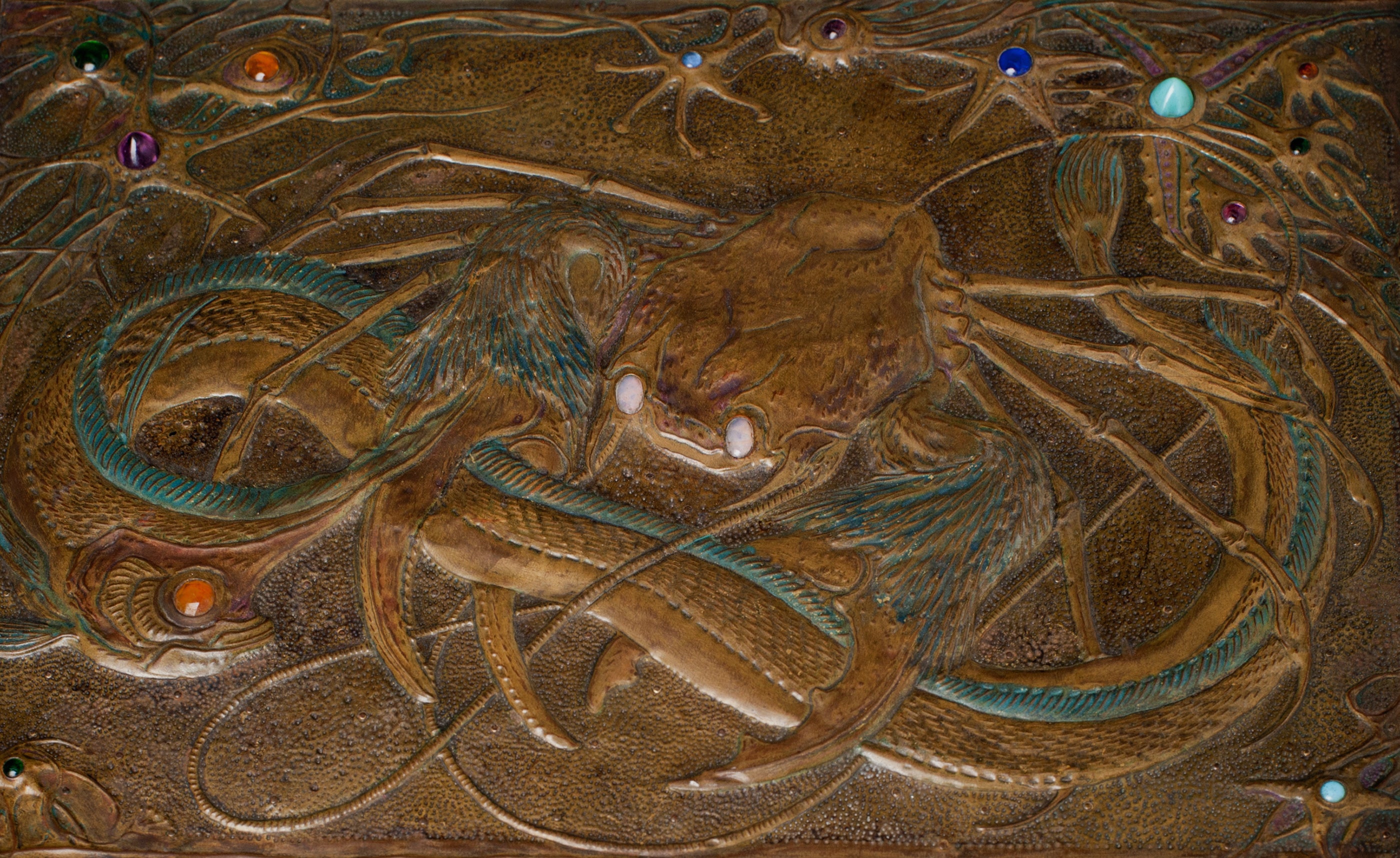
- ShippingRetrieving quote...Shipping from: Palm Beach, FL
- Return Policy
More From This Seller
View All1910s Vienna Secession Figurative Prints
Lithograph
1890s Vienna Secession Figurative Prints
Lithograph
Early 1900s Vienna Secession Figurative Prints
Paper, Ink
1930s Vienna Secession Figurative Prints
Paper
1890s Vienna Secession Figurative Prints
Lithograph
1910s Vienna Secession Figurative Prints
Lithograph
You May Also Like
Early 20th Century German Aesthetic Movement Posters
Gold Leaf
Early 20th Century Symbolist Figurative Prints
Etching
1890s Symbolist Figurative Prints
Paper, Drypoint, Etching
Vintage 1960s Posters
Paper
19th Century Art Nouveau Prints and Multiples
Lithograph
1890s Jugendstil Figurative Prints
Lithograph
